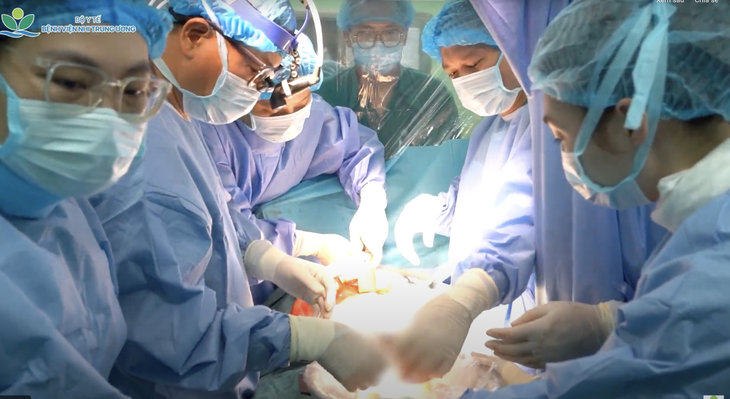
Doctors at the National Children's Hospital performed a liver transplant on a 3-year-old patient - Photo: BVCC
This special liver transplant marks the first time the National Children's Hospital has successfully performed a liver transplant from a brain-dead donor, opening up new hope for many children with severe liver and biliary diseases.
Baby girl revived thanks to liver donated 2,000km away
In the surgical recovery room, the mother tearfully watched her daughter getting better day by day. She said there was a time when she did not dare believe in a miracle.
"Seeing my child change every day, he is no longer jaundiced, more alert and has a rosy complexion, I am so happy that I don't know how to describe it. It feels like my child has just been born again," she said emotionally.
The baby girl from Hung Yen was diagnosed with congenital biliary atresia shortly after birth and underwent Kasai surgery when she was only 2.5 months old. But after more than two years, her liver was no longer able to drain bile, cirrhosis progressed, making her condition critical. A liver transplant became the only chance.
On November 13, the National Children's Hospital received information about the organ donation source at Can Tho Central General Hospital. The family of the brain-dead patient agreed to donate organs, including the left liver suitable for the patient. This is a precious ray of hope in the urgent situation.
Mr. Tran Minh Dien, Director of the National Children's Hospital, immediately directed a consultation and activated all professional groups.
"On the night of November 13, the hospital immediately sent a team to fly to Can Tho to receive the liver. With the support of the National Organ Transplant Coordination Center, 108 Military Central Hospital, Can Tho Central General Hospital, the Traffic Police force and Vietnam Airlines , all steps were carried out smoothly to minimize the time for transporting the organ," said Mr. Dien.
Taking on the task of traveling nearly 2,000km overnight to receive a donated liver, Dr. Vu Manh Hoan, Head of the Hepatobiliary-Pancreatic Surgery Department, and his team went directly to Can Tho. Meanwhile, in Hanoi, another team had already anesthetized and opened the patient's abdomen, ready for the transplant.
"We landed at 5:20 a.m. and just 15 minutes later, the liver was taken straight to the operating room for transplant. Every step was a race against time to minimize the time the organ was cold and ischemic," Dr. Hoan shared.
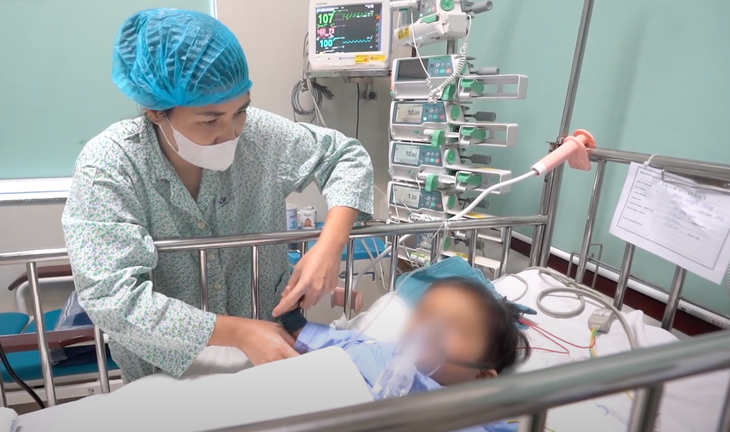
The girl is recovering and being cared for at the National Children's Hospital - Photo: BVCC
The first transplant from a brain-dead donor
Mr. Pham Duy Hien, Deputy Director of the National Children's Hospital, said the hospital has been performing liver transplants for nearly 20 years, with 87 cases all from living donors.
This brain-dead donor transplant posed many challenges, such as difficulty in directly assessing the donor's liver condition, requiring organ retrieval, transportation, and transplantation in an extremely short time, and a higher risk of postoperative complications.
"Thanks to the multidisciplinary coordination and support from experts at the 108 Military Central Hospital, the transplant went smoothly," said Mr. Hien.
After the transplant, the child was transferred to the Department of Surgical Intensive Care. Dr. Dang Anh Duong said the child faces risks such as early liver failure, infection due to strong immunosuppressive drugs, the risk of transplant rejection or biliary tract complications.
The bright spot was that by the sixth day, liver function had recovered well, the child was breathing on his own, hemodynamics were stable, he was alert and started eating again.
At the National Children's Hospital, the number of children with severe liver and gallbladder diseases needing liver transplants is increasing while the source of suitable organs for children is limited. Many cases only rely on living donors from relatives, but there is not always a suitable person, like the case of this little girl.
Mr. Dien said the success of the first liver transplant from a brain-dead donor at the National Children’s Hospital not only saved the life of a 3-year-old girl but also opened the door of hope for many other children. Each donated organ is a life rewritten. For children, that value is even more sacred.
He expressed his hope that the community would understand and spread the noble meaning of organ donation after brain death, an act that can give life back to many patients on the brink of life and death.
Back to topic
WILLOW
Source: https://tuoitre.vn/vuot-2-000km-la-gan-hien-tang-tu-can-tho-hoi-sinh-be-gai-3-tuoi-o-ha-noi-20251122145552609.htm








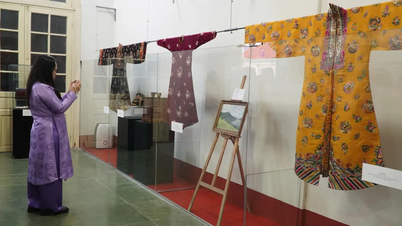


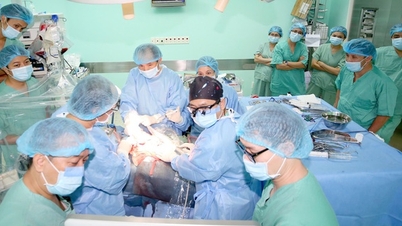



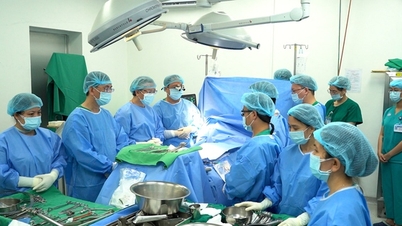

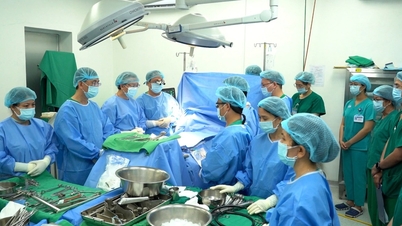

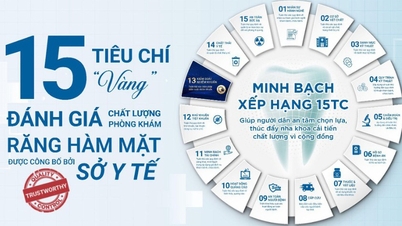










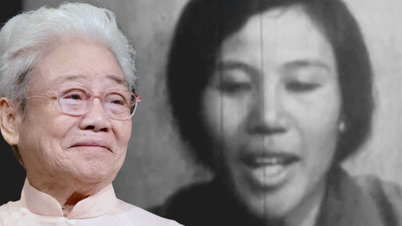


















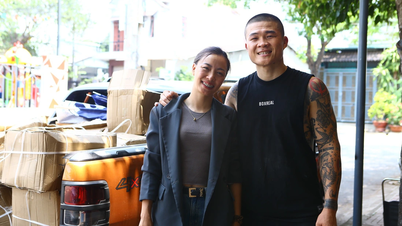





















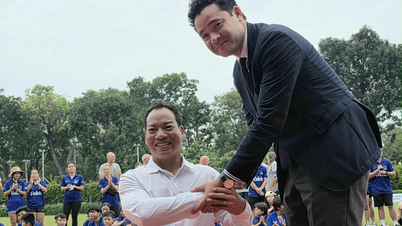




































Comment (0)